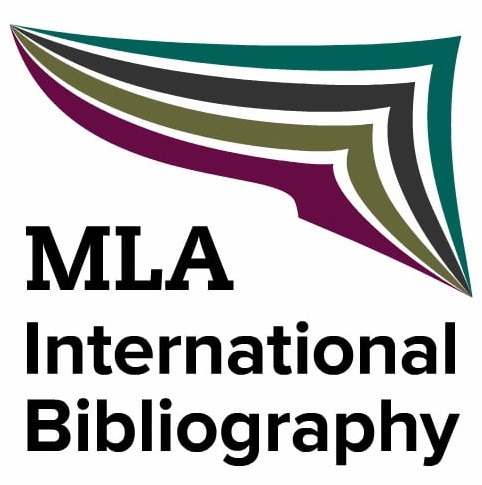Produrre e riprodurre i media
Il modernismo ancipite di László Moholy-Nagy
DOI:
https://doi.org/10.13135/2281-6658/7804Parole chiave:
1922, László Moholy-Nagy, Modernism, Post-medium, RemediationAbstract
In July 1922, László Moholy-Nagy published “Produktion – Reproduktion” in De Stijl, a magazine of the neo-plastic movement founded by Theo Van Doesburg, a short but significant theoretical text in which he proposes the reuse of reproductive media such as the gramophone, the cinematograph and photography as means for the production of unprecedented formal relations. The rethinking of those media entails a radical detachment from the faithful reproduction of reality and the aestheticisation of their material properties. For Moholy-Nagy, this transformation satisfies the general tendency of modern men to not only extend their sensual faculties, but also to perfect them, fostered by all the new possible relationships between art and technology. The ideas
underlying this writing, considered mainly within the debate on abstract avant-garde cinema, are paradigmatic of a radical modernism that, in the field of visual arts, finds highest expression its in the revelation of the specificity of a medium. However, in the course of the following decades, several artists have applied similar principles, achieving results that can be ascribed to an opposite perspective, that of an overcoming of the specificity of the medium which characterised the more mature postmodern condition. Starting from a comparison between the ideas of “Produktion – Reproduktion” and the creative conditions of the post-medium dimension, I highlight the double face of Moholy-Nagy’s modernism, which finds in the most extreme version of its principles the premises for its own deconstruction.
Downloads
##submission.downloads##
Pubblicato
Fascicolo
Sezione
Licenza
Gli autori mantengono i diritti sulla loro opera e cedono alla rivista il diritto di prima pubblicazione dell'opera, contemporaneamente licenziata sotto una Licenza Creative Commons - Attribuzione che permette ad altri di condividere l'opera indicando la paternità intellettuale e la prima pubblicazione su questa rivista.






